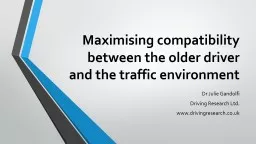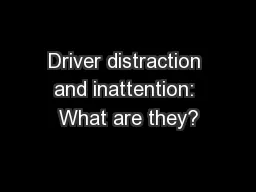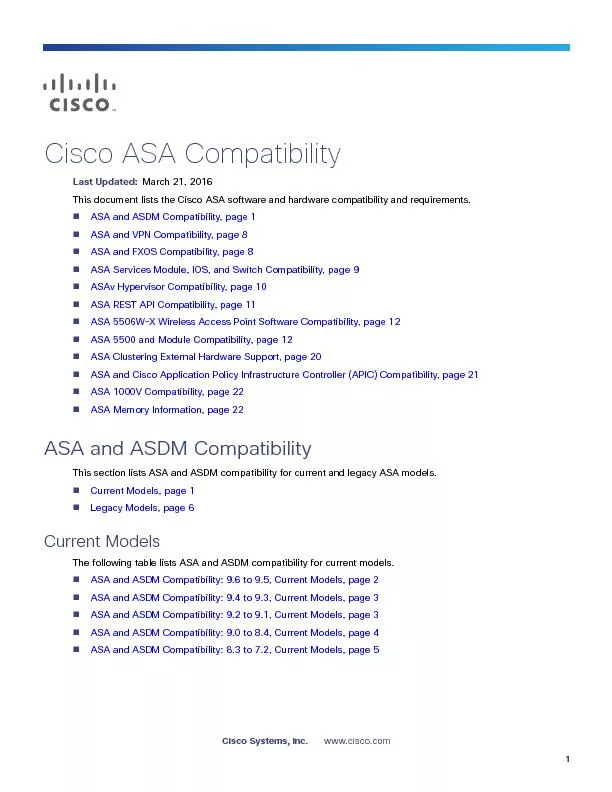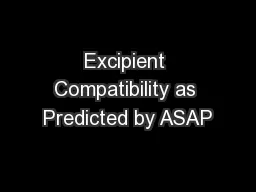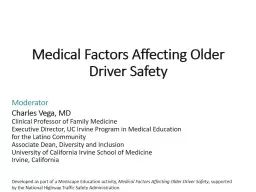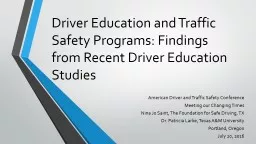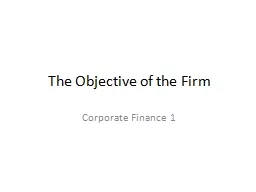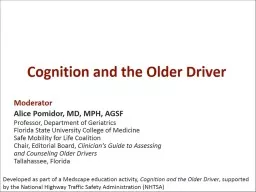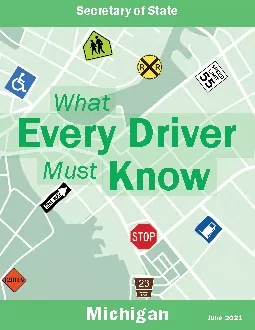PPT-Maximising compatibility between the older driver and the traffic environment
Author : marina-yarberry | Published Date : 2018-11-28
Dr Julie Gandolfi Driving Research Ltd wwwdrivingresearchcouk Process of Agerelated Impairments Leading to Problem Driving Gandolfi 2009 Clear intuitive warning
Presentation Embed Code
Download Presentation
Download Presentation The PPT/PDF document "Maximising compatibility between the old..." is the property of its rightful owner. Permission is granted to download and print the materials on this website for personal, non-commercial use only, and to display it on your personal computer provided you do not modify the materials and that you retain all copyright notices contained in the materials. By downloading content from our website, you accept the terms of this agreement.
Maximising compatibility between the older driver and the traffic environment: Transcript
Download Rules Of Document
"Maximising compatibility between the older driver and the traffic environment"The content belongs to its owner. You may download and print it for personal use, without modification, and keep all copyright notices. By downloading, you agree to these terms.
Related Documents

